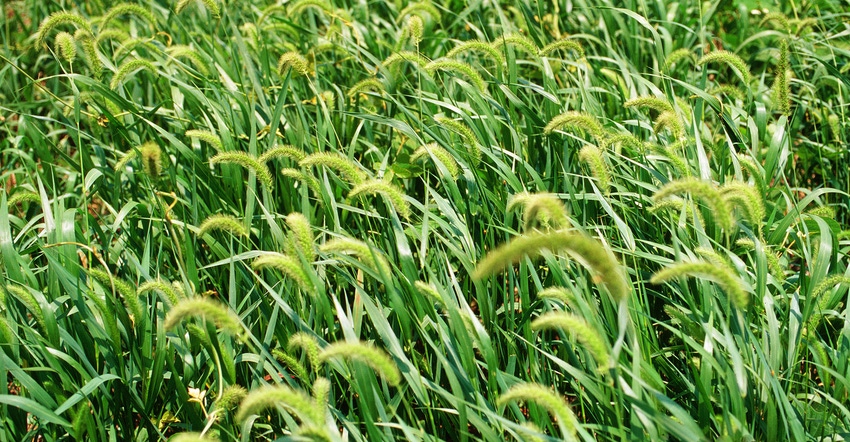September 8, 2022

Now is the time to think about controlling summer annual weeds before seed-set. Preventing seed production is important for driving down the weed seed bank and reducing the need for herbicides.
About 80% of weeds next season come from weed seed this fall. Many perennial broadleaves can be found in small grain stubble. The challenge with perennial weeds this time of year is the fact that they are still in the vegetative and reproductive phases. Therefore, most of the plant sugars are not being transported to the roots. and an herbicide application now will most likely only affect top growth.
One consideration is to mow these fields soon to prevent seed production and allow regrowth to occur. Then, apply an effective systemic herbicide in late September or early October, so the herbicide will be transported to the roots for more effective control.
It is easy to prevent weed seed production following a cereal grain such as wheat, barley or oats, as well as some vegetable crops like sweet corn or snap beans. Proper timing of the control practice is essential to prevent seed production.
Here’s a summary of estimated seed drop for various weeds:
Giant foxtail. Peak seed usually occurs from late September through October.
Yellow foxtail. It starts in early August and continues into late October.
Pigweed species. It starts to produce mature seed by mid-August.
Lambsquarters and ragweed. These generally do not mature until September.
Palmer amaranth or waterhemp. Monitor these routinely over the next couple of months, and control any regrowth or new seedlings before they set seed. Palmer amaranth plants notoriously retain seeds late into summer and fall, and these seeds don’t necessarily fall to the ground upon maturity; they are usually spread by the combine.
Control options
Fields can be sprayed with an effective herbicide, or mowed once or twice. Glyphosate is effective at stopping grass growth and reproduction. Plant growth regulators such as 2,4-D and dicamba would be a better choice for broadleaf weeds.
With giant foxtail, even treating the field by mid-September can greatly reduce seed production. If seed heads are present, check suspected fields to determine how advanced flowering and seed rain are, and time control practices accordingly.
In alfalfa or pastures, if weeds are taller than the forage, consider running a brush-hog at a high setting to clip off the immature weed seed heads above the forage canopy.
For more information on weed emergence, weed seed-set and seedbank dynamics, refer to "A Practical Guide for Integrated Weed Management in Mid-Atlantic Grain Crops.”
Lingenfelter is an Extension weed science associate with Penn State Cooperative Extension.
Source: Penn State Cooperative Extension, which is solely responsible for the information provided and is wholly owned by the source. Informa Business Media and all its subsidiaries are not responsible for any of the content contained in this information asset.
You May Also Like




